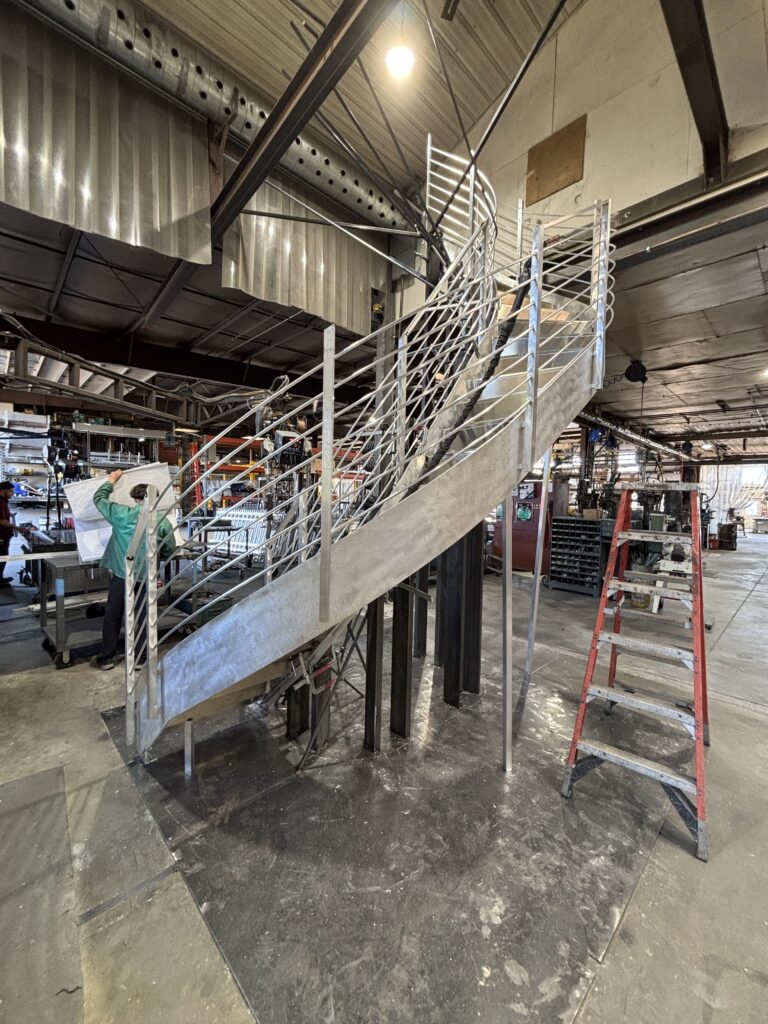Patrick Lyon was a well-known locksmith in post-revolution era Philadelphia, and a suspect in the largest bank robbery of that time.
In late summer of 1798, a deadly yellow fever plague was spreading throughout the city, including the state and national capitol, and America’s largest city. Those who could, fled. Patrick Lyon made plans for himself and his apprentice, but was delayed by a rush order for locks for a temporary vault for the Bank of Pennsylvania.
By the time they left the city, his apprentice was sick and in a few days after landing in Lewes De, he perished from the fever. The talk of the town was the huge sum of $162,821 stolen from the Bank of Pennsylvania. Through conversation with a friend, Patrick Lyon learned he was the prime suspect.
Upon learning this, he immediately traveled back to Philadelphia to clear his name. The police didn’t believe his alibi and bank officials had him arrested and thrown into the Walnut Street jail. He spent the next three months in jail as the yellow fever was raging out of control.
The real crook, Isaac Davis, an employee of the bank began to redeposit the money — an act of stupidity that lives in infamy. On being confronted about his newfound wealth, Davis confessed and cut a deal with the governor to return every dollar for a full pardon. The officials of the bank insisted on pressing charges against Patrick Lyon, as they suspected he had an extra key. The charges could not be proved, and he was released shortly after.
Patrick Lyon sued the bank for false imprisonment and won a large settlement of $9000.00. This made him a “gentleman” and warranted a life-sized portrait — a first in American art that depicted a working man in his work clothes. Previous to this, portraits were exclusive to “gentlemen” in fine clothes. In his portrait, Patrick Lyon stands at his forge with the cupola of the Walnut Street jail visible in the window behind him.




